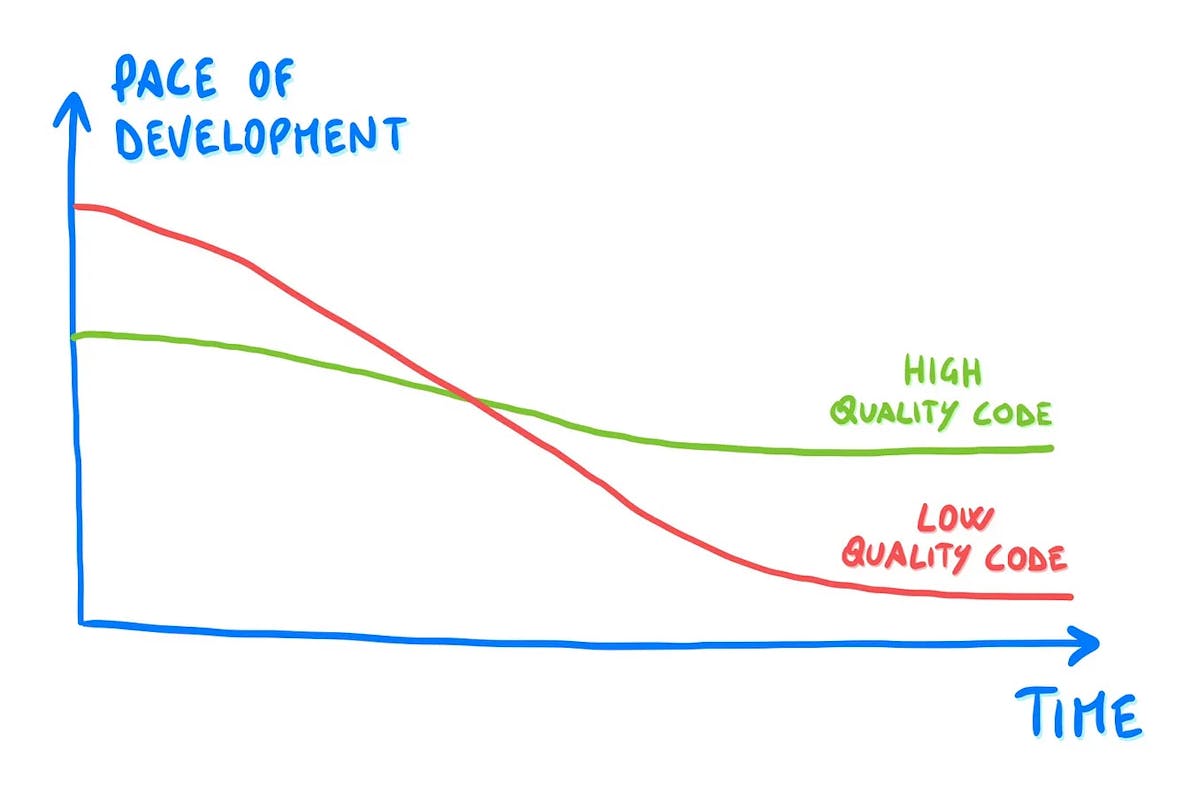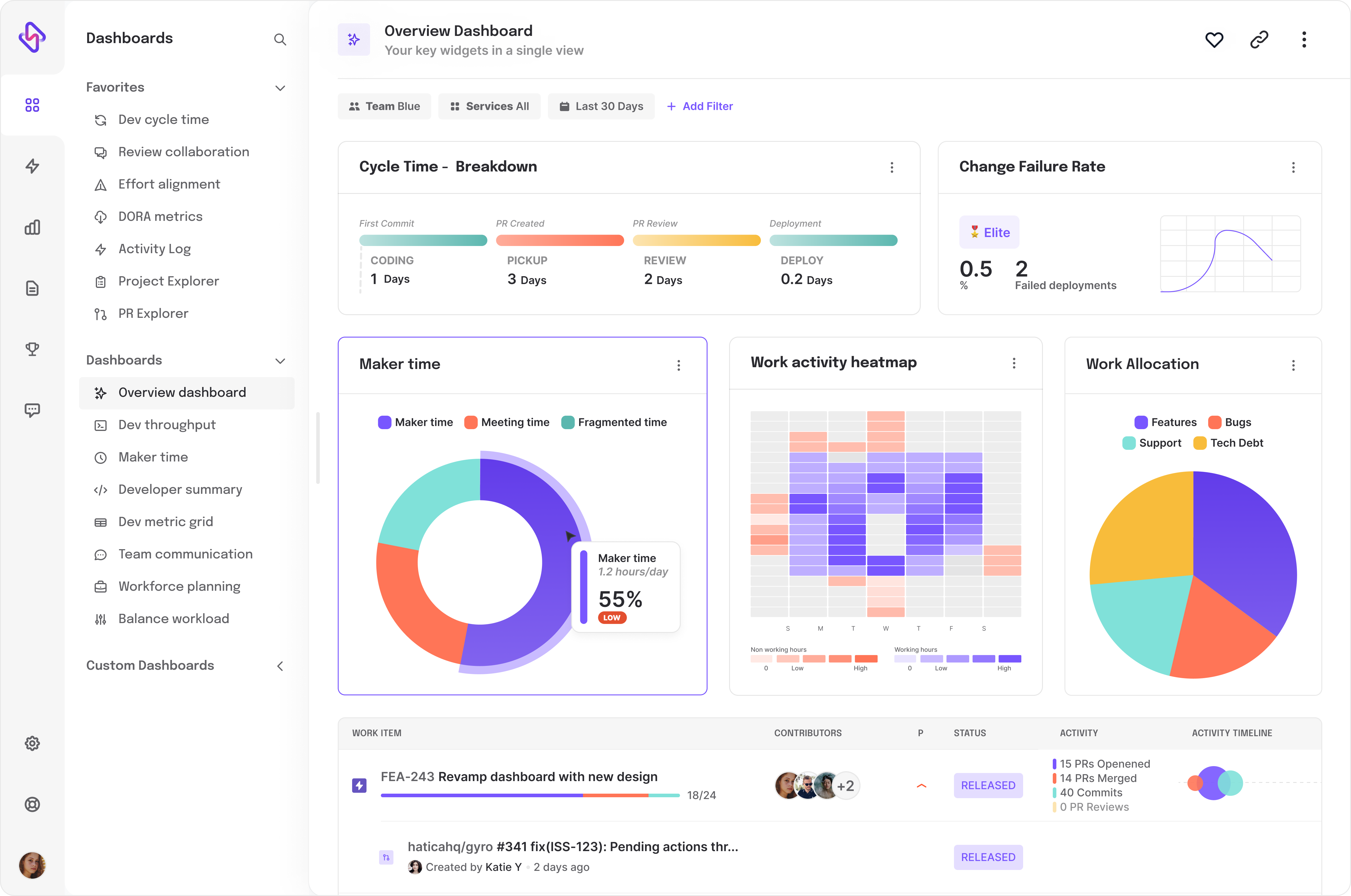Code quality often becomes an invisible thread that ties together an engineering team’s productivity, morale, and ability to deliver value. When that thread starts to fray, the effects aren’t always dramatic or immediate, but they’re deeply disruptive.
But low-quality code doesn’t usually scream “I’m broken.” Instead, it lurks in the everyday frustrations—debugging sessions that stretch hours, pull requests that spark endless debates, and new features that take twice as long because of “that one function no one wants to touch.”
It’s the kind of issue that slips past the radar until it’s too big to ignore.
So why does it persist, even among teams with top-notch talent?
And more importantly, what’s the true cost of letting it linger?
We discuss this in depth below.
What Is a Low-Quality Code, Really?
Low-quality code isn’t always about glaring bugs or rookie mistakes. Sometimes, it’s the perfectly functional, yet subtly flawed, code that does the most damage. Consider this: a function that works perfectly today may require an hour to debug in isolation. Now multiply that by dozens of functions scattered across a sprawling codebase. As businesses grow and expectations evolve, "good enough" turns into "not enough."
The cost of maintaining this code rises exponentially as cracks in the foundation become more visible.
But this is not new information, right? So why do we keep running into these problems again and again?
Well, for instance, the engineers who built it often don’t see the cracks forming. In fact, they’re likely the ones patching those cracks later, cursing the decisions they were forced to make under impossible deadlines. Sometimes, the most functional-looking code carries hidden inefficiencies—like an iceberg, with the bulk of the problem lurking below the surface.
The Hidden Ripple Effect of Low-Quality Code
Think of it this way: one poorly written code might not seem like a big deal. But what happens when every new feature has to navigate around that function? Debugging takes longer. New features get delayed. Collaboration starts to feel more like untangling a mess than building something meaningful. Slowly but surely, the entire engineering team feels the weight.
Here’s how low-quality code shows up in your daily work:
- Endless Debugging: Those small quirks and inconsistencies add up, turning quick fixes into multi-hour rabbit holes.
- Slower Progress: Every new feature feels like it’s dragging an invisible anchor as engineers work around existing issues.
- Frustration and Fatigue: Engineers spend their time firefighting instead of creating. Over time, this chips away at morale and leads to burnout.
- Missed Opportunities: Instead of focusing on innovation, the team is stuck maintaining a creaky foundation, falling behind competitors.
For smaller engineering teams, this might mean occasional slowdowns. For larger engineering teams, it can snowball into missed deadlines, frustrated engineers, and mounting hidden costs of poor quality code.
So, Why Does Low-Quality Code Stick Around?
If we know the damage it causes, why does low-quality code still find a way into even the best teams? The truth is, it’s not about carelessness—it’s about survival in a fast, high-pressure environment.




